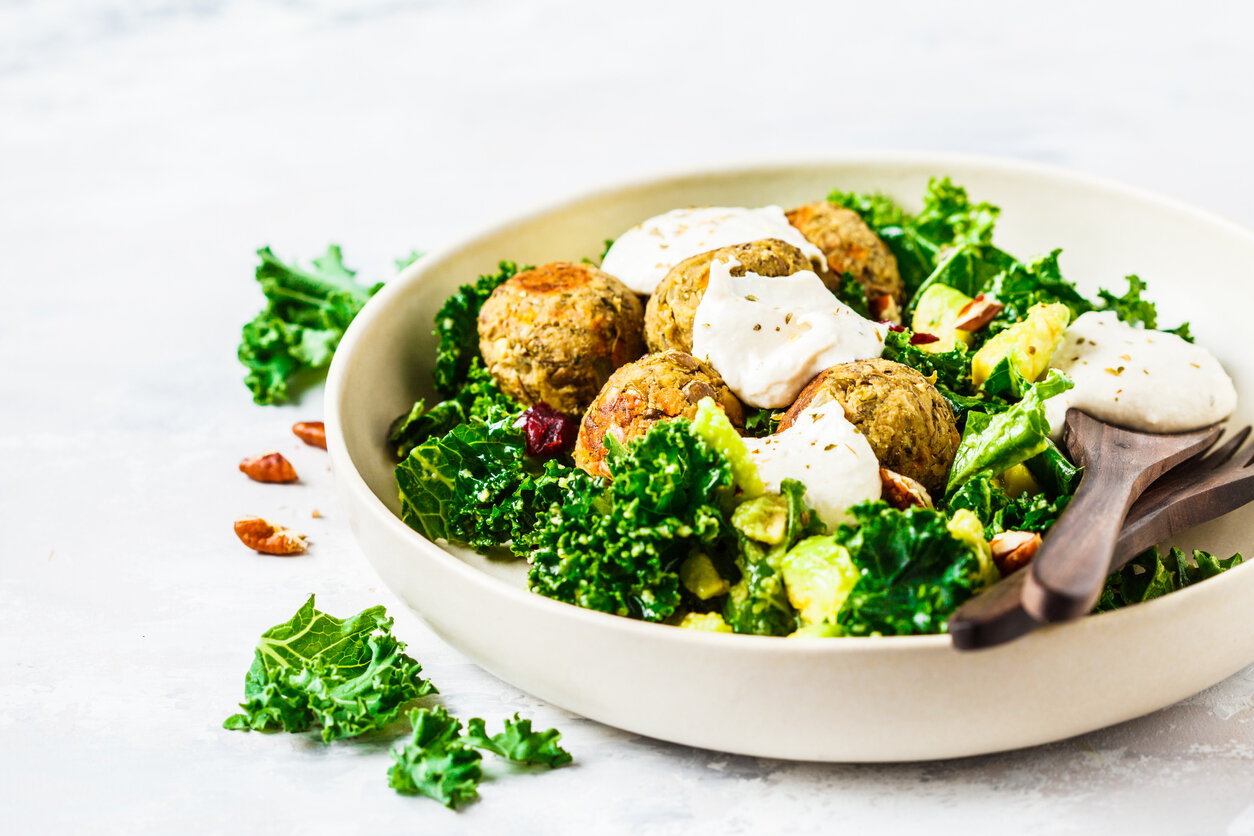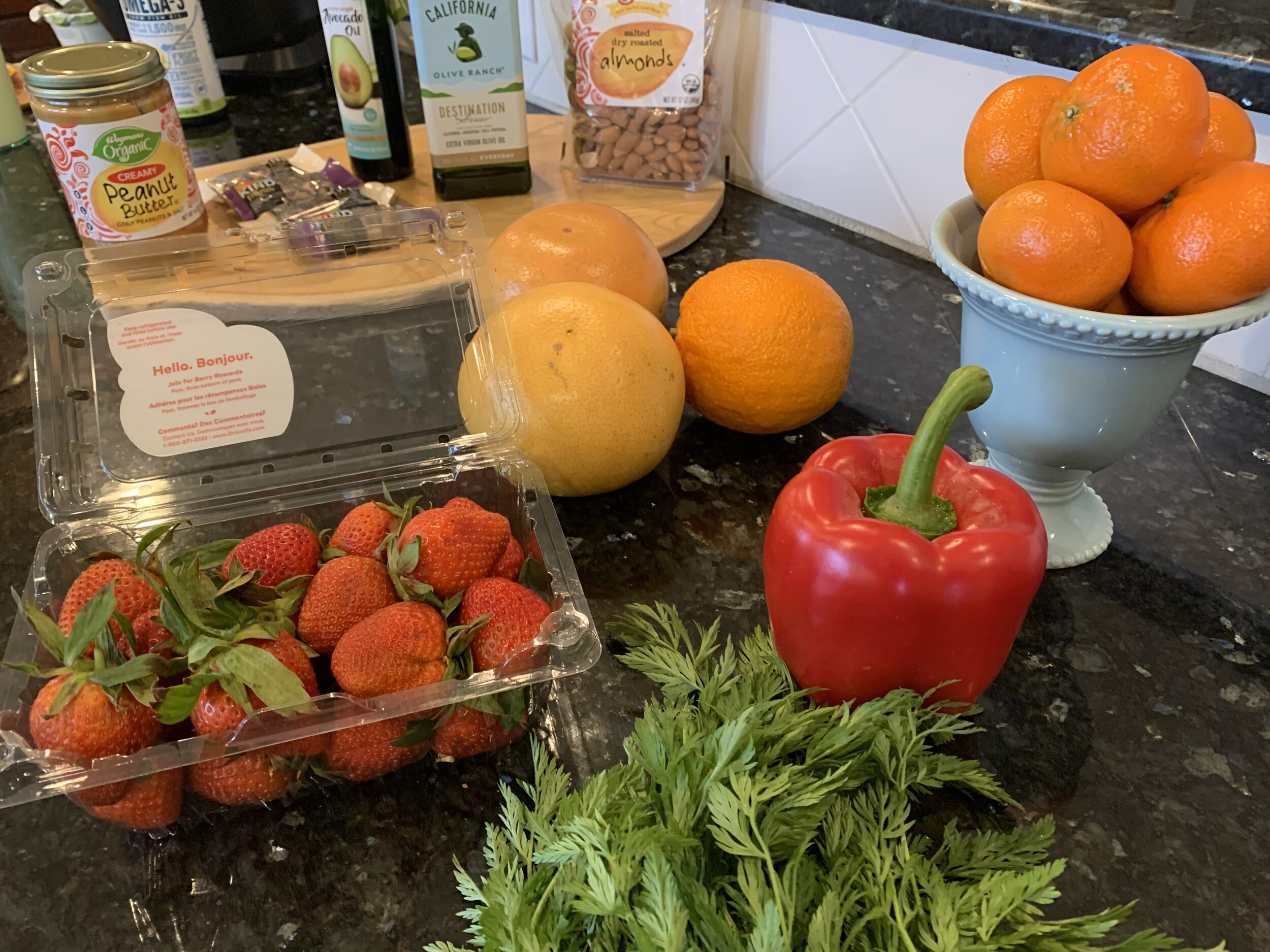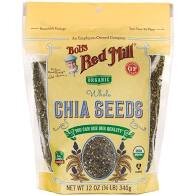Nutrient-Rich Foods To Include - Rich in Protein, Vitamin A, Vitamin C, and Vitamin E
PROTEIN
Include a wide variety of protein-rich foods as protein is an important player in the immune system.
Food examples to include: yogurt (especially Greek yogurt), peanut butter, seafood, poultry, eggs, beans, lentils, tofu, nuts, and seeds.
Quick ideas:
- 3 Bean Salad: combine 1 can each (drained and rinsed) of chickpeas, black beans, and kidney beans. Then toss with 1/4 cup vinegar, 1/4 cup olive oil, 1 teaspoon garlic powder, and season with sea salt and black pepper.
- Snack on Bada Bean Bada Boom - roasted broad beans (available in a variety of flavors) that deliver 7 grams of protein per 1/4 cup
- Have a cup of Greek yogurt as a snack and top it with granola, nuts, and/or fruit
VITAMIN A
Think of vitamin A as a regulator - it helps in the body to regulate the immune system. Plus it helps to keep skin and tissues in the respiratory system, intestines, mouth, and stomach healthy.
Food examples to include: apricots, sweet potatoes, carrots, broccoli, spinach red bell peppers, apricots, or eggs.
Quick ideas:
- Roasted sweet potatoes as a side dish at dinner. Place cubed sweet potato on a baking sheet, drizzle lightly with olive oil, and roast at 425 degrees F for 25 - 30 minutes. Stirring throughout.
- Combine dried apricots with almonds as a snack
- Have a hard boiled egg as snack or sliced on top of a salad
VITAMIN C
Vitamin C is an antioxidant and it is a protector - plus it helps to stimulate the formation of antibodies.
Food examples to include: green peppers, red peppers, yellow peppers, strawberries, tomato juice, oranges, grapefruit, clementines, or Mandarin oranges.
Quick ideas:
- Slice red pepper and have them with hummus or guacamole
- Stir fry peppers with your favorite stir fry sauce and protein for dinner
- Have an orange sliced as a snack or a quick side dish with a meal
VITAMIN E
Vitamin is also an antioxidant which can help to neutralize free radicals in the body.
Food examples to include: sunflower seeds, almonds, vegetable oil, safflower oil, sunflower oil, peanut butter, and hazelnuts.
Quick ideas:
- Use vegetable oils to make your own homemade salad dressings - a quick ratio to use: 1/4 cup vinegar, 1/4 cup oil, 1 tablespoon honey mustard, season to taste with garlic powder, sea salt, and cracked black pepper.
- Snack on sunflower seeds or top salads with shelled sunflower seeds
- Have a peanut butter and banana sandwich as a quick meal or snack
Bottom-line is switch it up and get a wide variety of nutrient-rich foods. AND KEEP WASHING YOUR HANDS THOROUGHLY (at least 20 - 30 seconds with warm soapy water!).








































